NASA’s Parker Solar Probe has shattered all previous records, becoming the fastest human-made object ever as it hurtled past the Sun at a staggering 430,000 miles per hour.
This extraordinary achievement not only marks a major milestone in space engineering, but also propels our understanding of the Sun and its complex dynamics to new heights.
By braving the Sun’s intense heat and radiation, the probe is unlocking clues about the origins of solar winds and space weather—insights that could transform space exploration and protect technology on Earth.
1. Parker Solar Probe: A Groundbreaking Mission
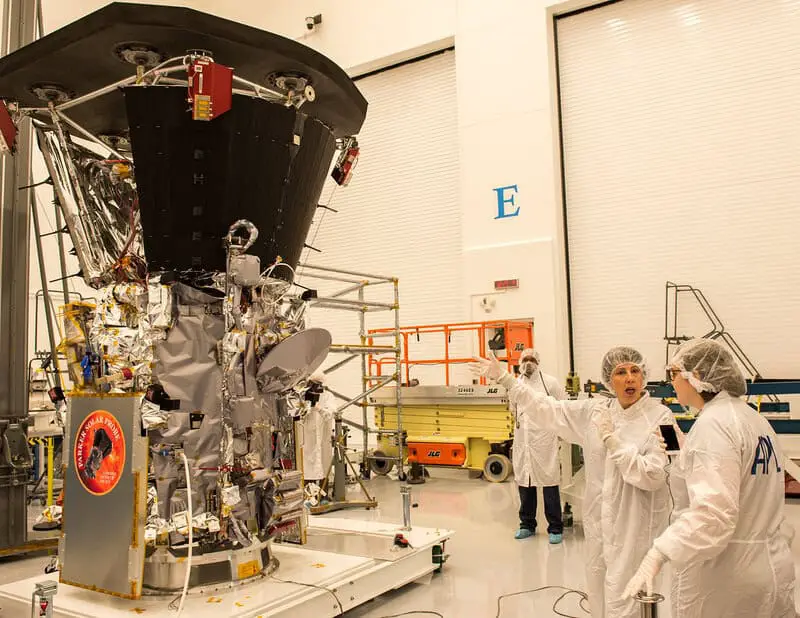
Launched in 2018, the Parker Solar Probe was conceived by NASA and engineered by the Johns Hopkins Applied Physics Laboratory to unravel the mysteries of the Sun’s outer atmosphere, or corona.
This pioneering spacecraft is packed with innovative heat shields and advanced instruments, allowing it to survive temperatures exceeding 2,500 degrees Fahrenheit.
Its core mission: to gather unprecedented data on solar winds, magnetic fields, and energetic particles, helping scientists better predict and understand the Sun’s powerful influence on our solar system.
2. Record-Breaking Speed: 430,000 MPH
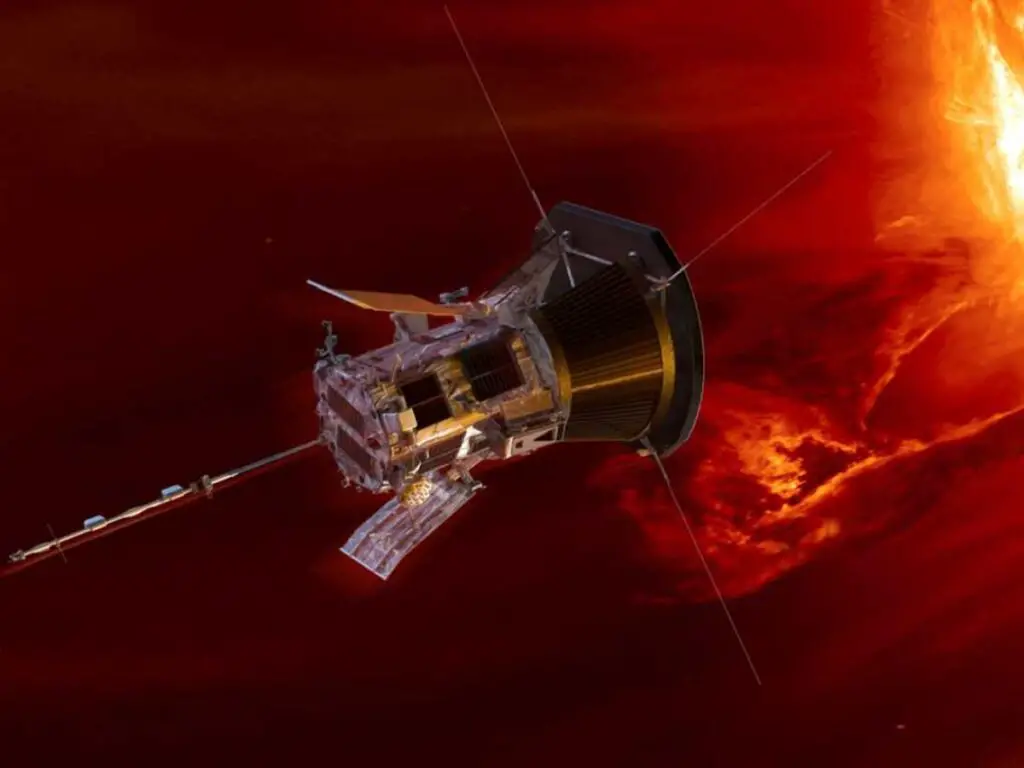
On December 24, 2024, the Parker Solar Probe smashed all previous speed records, reaching an astonishing 430,000 mph (690,000 km/h) as it skimmed the Sun’s corona.
This feat officially makes it the fastest object ever built by humans, as confirmed by NASA.
The probe’s incredible velocity is essential for its mission, enabling it to sample plasma and magnetic fields in regions never before reached, and push the boundaries of what’s possible in space exploration.
3. Closest Approach: 6.1 Million Kilometers from the Sun
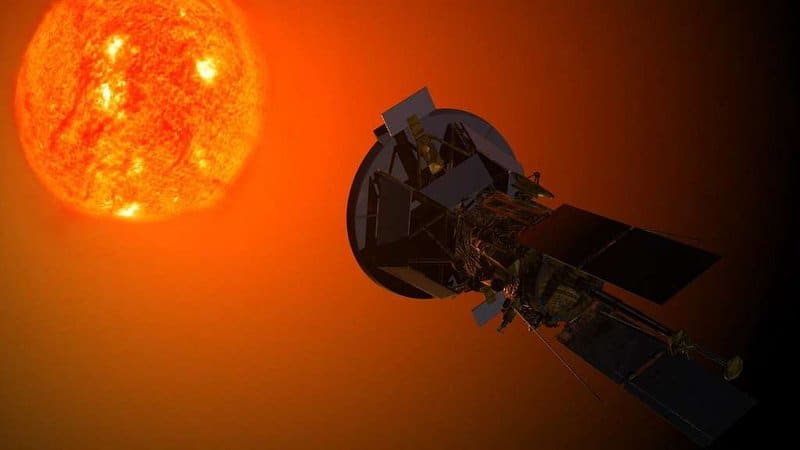
The Parker Solar Probe’s daring path brings it within just 6.1 million kilometers (3.8 million miles) of the Sun’s surface—a proximity unmatched by any previous spacecraft.
According to Wikipedia, this close encounter allows the probe to directly sample the Sun’s outer atmosphere, capturing data unavailable from afar.
This unprecedented trajectory is vital for uncovering the secrets of solar winds, flares, and the corona, deepening our understanding of our star’s intense environment.
4. Surpassing Helios-2: The Previous Champion
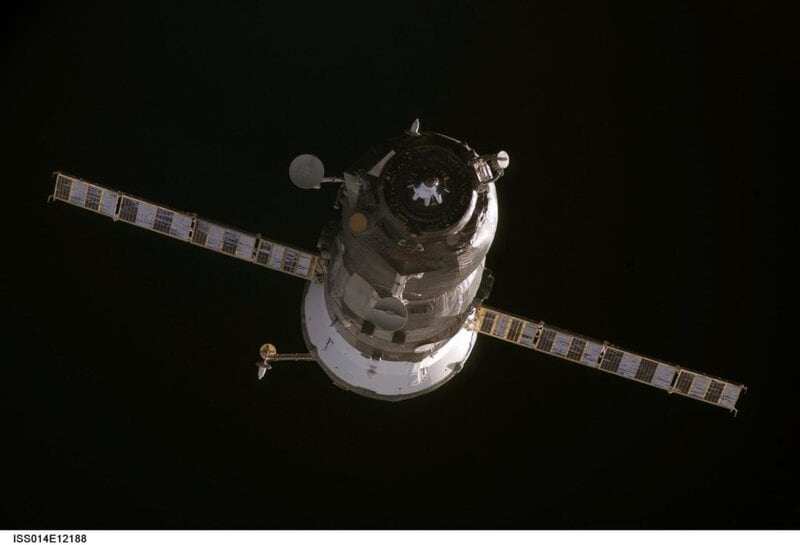
Before the Parker Solar Probe’s triumph, the Helios-2 mission held the speed record for nearly five decades.
Launched in 1976 as a German-American collaboration, Helios-2 reached a maximum speed of about 157,000 mph as it orbited close to the Sun.
The Parker Solar Probe’s leap to 430,000 mph not only shattered this longstanding record but also demonstrated how far spacecraft technology and mission ambition have advanced since the early days of solar exploration.
5. The Role of Gravity Assists
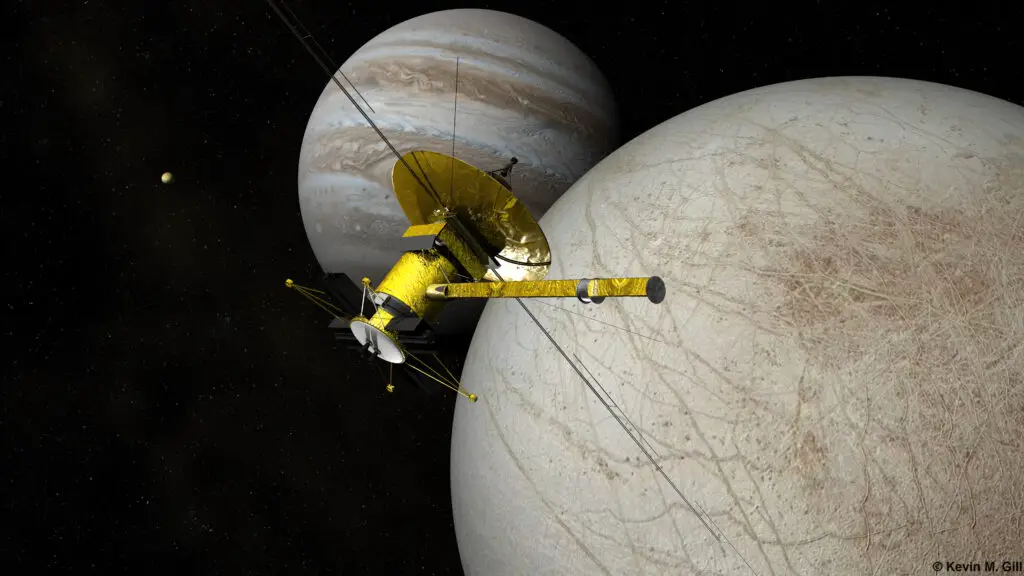
To achieve its record-breaking speed, the Parker Solar Probe has relied on a series of precision gravity assists from Venus.
By skillfully using the planet’s gravity during multiple flybys—seven so far, according to NASA—the spacecraft is able to accelerate and tighten its orbit around the Sun.
These assists not only boost the probe’s velocity but also allow it to approach the Sun closer than any previous mission, maximizing its scientific return.
6. Shielding from Solar Heat

One of the Parker Solar Probe’s most remarkable features is its revolutionary heat shield, known as the Thermal Protection System.
This cutting-edge technology safeguards the spacecraft from searing temperatures exceeding 1,370°C (2,500°F) near the Sun, as highlighted by BBC Science Focus.
The shield’s carbon-composite materials and innovative design ensure that the probe’s instruments remain cool and fully operational in one of the harshest environments imaginable.
7. Scientific Goals: Unlocking Solar Mysteries
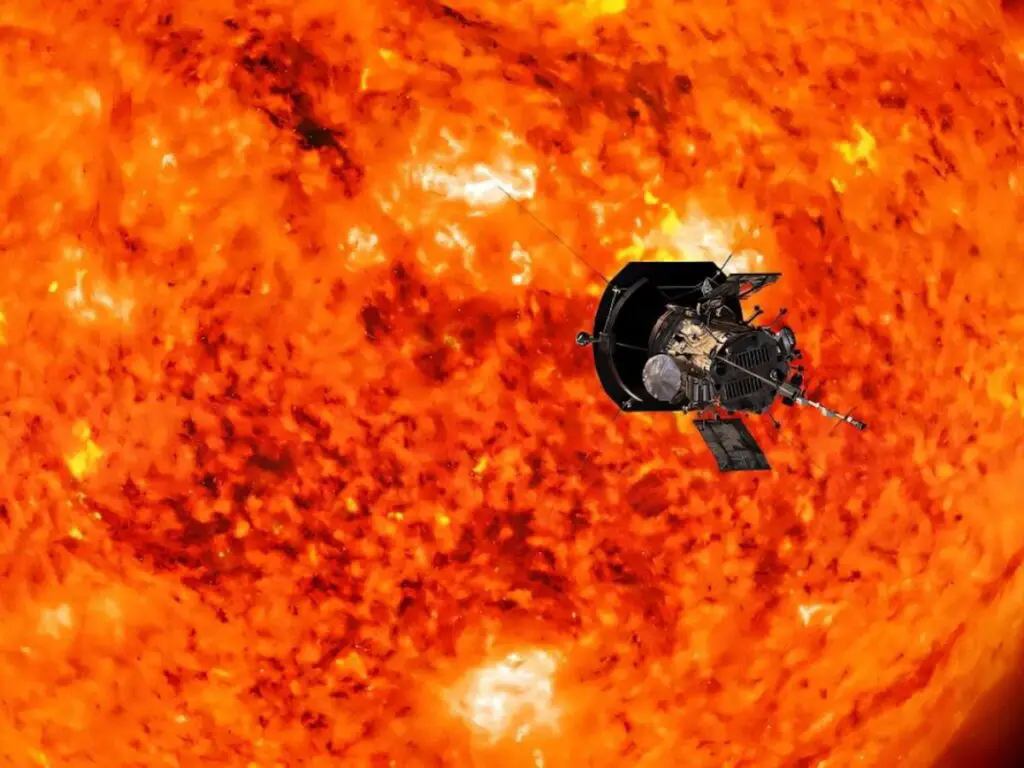
The Parker Solar Probe’s central mission is to unlock the secrets of the Sun by investigating its outer atmosphere, or corona, and the origins of the solar wind.
By measuring magnetic fields and capturing high-energy particles, the probe aims to answer fundamental questions about solar activity.
According to the NASA Mission Overview, these discoveries will deepen our knowledge of solar physics and improve predictions of space weather events that can impact Earth.
8. Why Speed Matters for Science
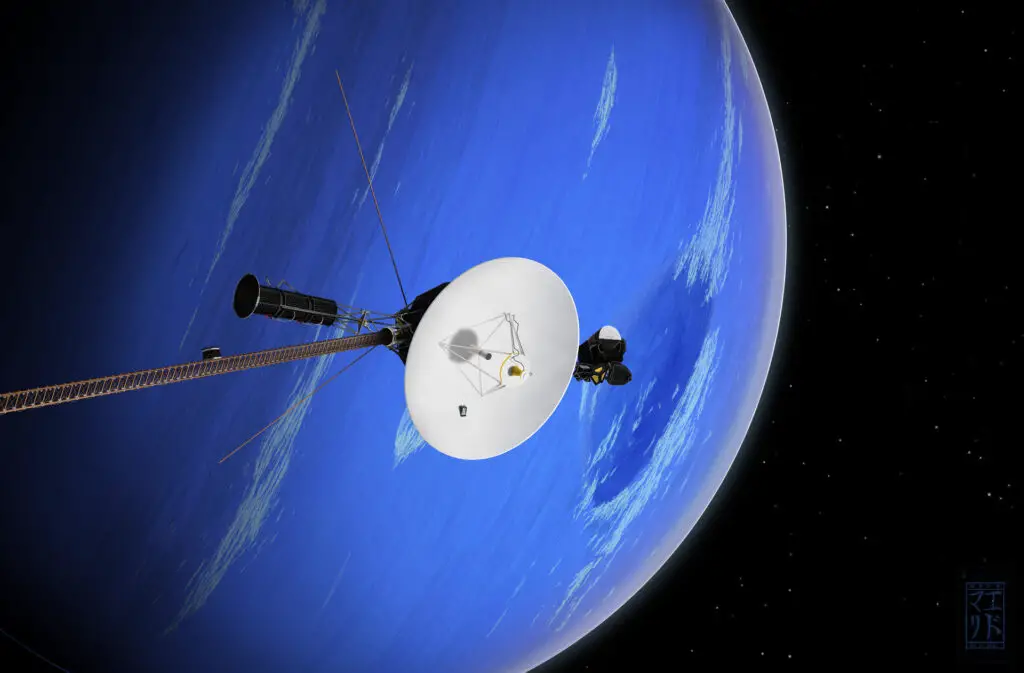
The Parker Solar Probe’s extraordinary speed is not just a record—it’s essential for survival and scientific discovery.
Traveling at 430,000 mph allows the spacecraft to minimize exposure to the Sun’s intense heat, racing through hazardous zones before damage can occur.
Unlike slower missions, such velocity lets the probe gather real-time, close-up data in environments unreachable by other craft, setting a new standard for future solar and deep-space exploration.
9. The Historic December 24, 2024 Milestone
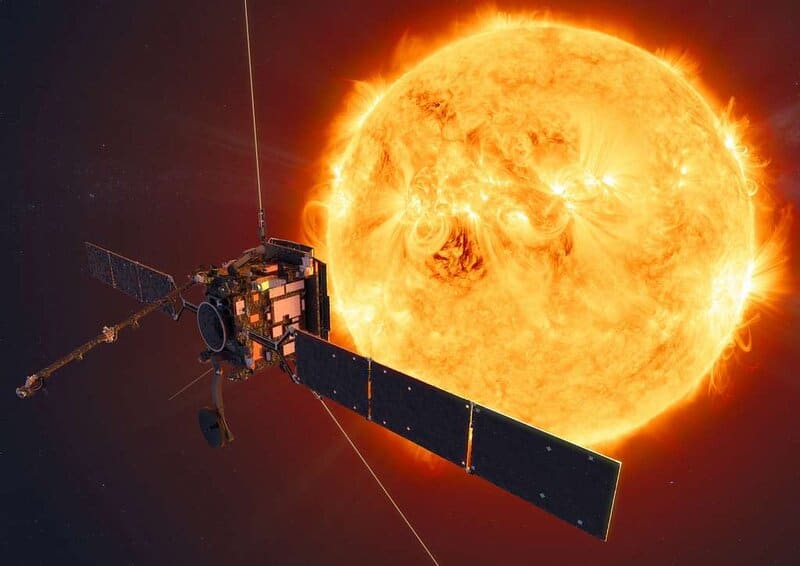
On December 24, 2024, the Parker Solar Probe achieved its closest approach and greatest speed, capturing the world’s attention and marking a defining moment in solar exploration.
As reported by BBC Sky at Night, this milestone showcases humanity’s growing capability to explore the most extreme environments in our solar system—a testament to both scientific ambition and technological prowess.
The achievement opens new horizons for future missions.
10. Parker Solar Probe’s Innovative Instruments
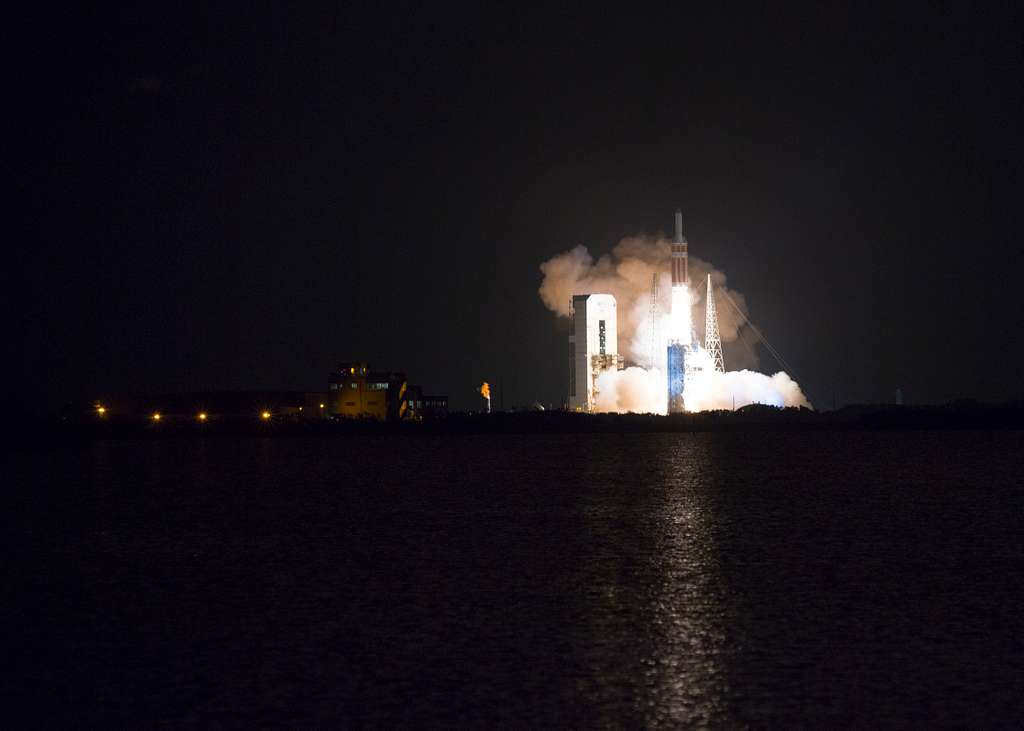
Equipped with a suite of state-of-the-art instruments, the Parker Solar Probe is a floating laboratory.
The FIELDS instrument measures electric and magnetic fields, while WISPR captures detailed images of the solar corona.
SWEAP analyzes solar wind particles, and ISʘIS (Integrated Science Investigation of the Sun) detects high-energy particles.
Together, these tools enable the probe to gather a wealth of data, driving groundbreaking discoveries about our Sun.
11. Johns Hopkins Applied Physics Laboratory: Engineering Excellence
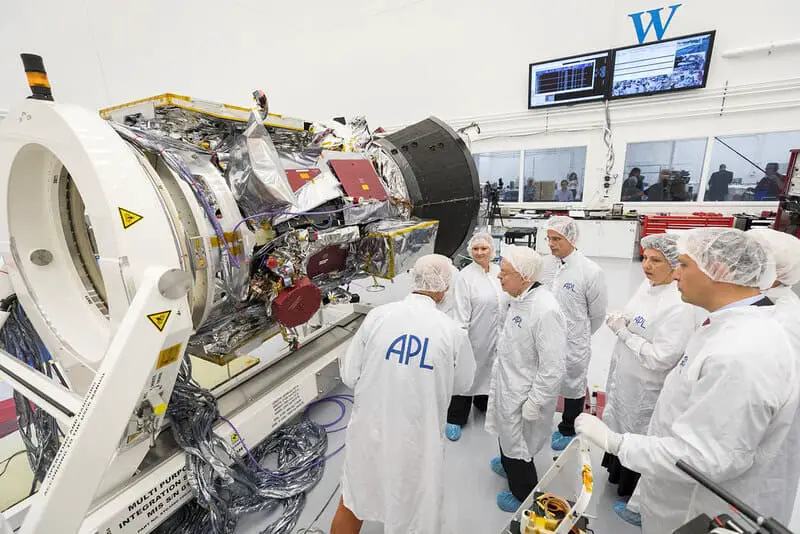
The Johns Hopkins Applied Physics Laboratory (APL) played a pivotal role in the Parker Solar Probe’s success.
Their team developed the spacecraft’s robust design, innovative thermal protection, and precise navigation systems.
APL also oversees mission operations, ensuring every maneuver and data transmission is executed flawlessly.
Their expertise and dedication have set new standards in space engineering, showcasing the power of collaboration and ingenuity in tackling the solar system’s toughest challenges.
12. The Sun’s Corona: A Region of Extremes

The Sun’s corona is a mysterious, ultra-hot layer where temperatures soar to millions of degrees—far hotter than the Sun’s visible surface.
Scientists are puzzled by this extreme heating, which defies conventional understanding of physics.
Studying the corona is crucial because it’s the source of solar wind and explosive space weather events.
Unlocking its secrets will deepen our understanding of stellar processes and help protect satellites, power grids, and astronauts from solar hazards.
13. Overcoming Communication Delays
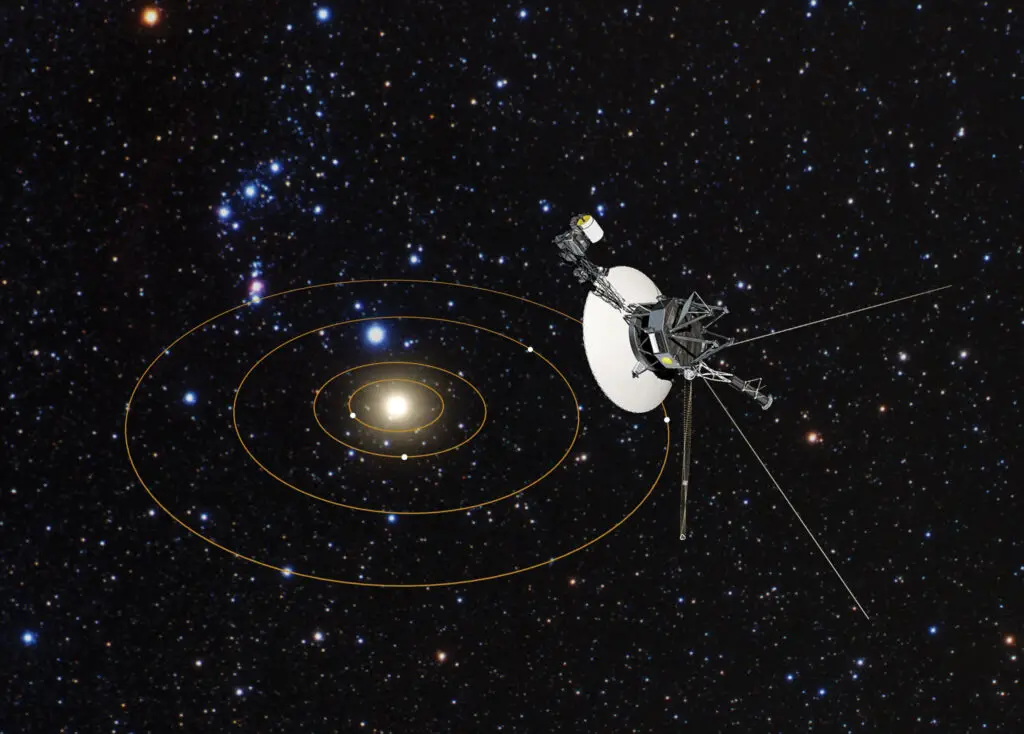
Operating millions of miles from Earth, the Parker Solar Probe faces significant communication delays.
To overcome this, the spacecraft relies on autonomous systems and pre-programmed commands, allowing it to independently navigate, perform maneuvers, and adjust instruments in real time.
This self-reliance is essential for surviving the Sun’s harsh environment, as immediate instructions from Earth aren’t possible.
Such innovation sets a benchmark for the future of deep-space exploration and robotic missions.
14. Comparing Human-Made Speeds: From Jets to Probes
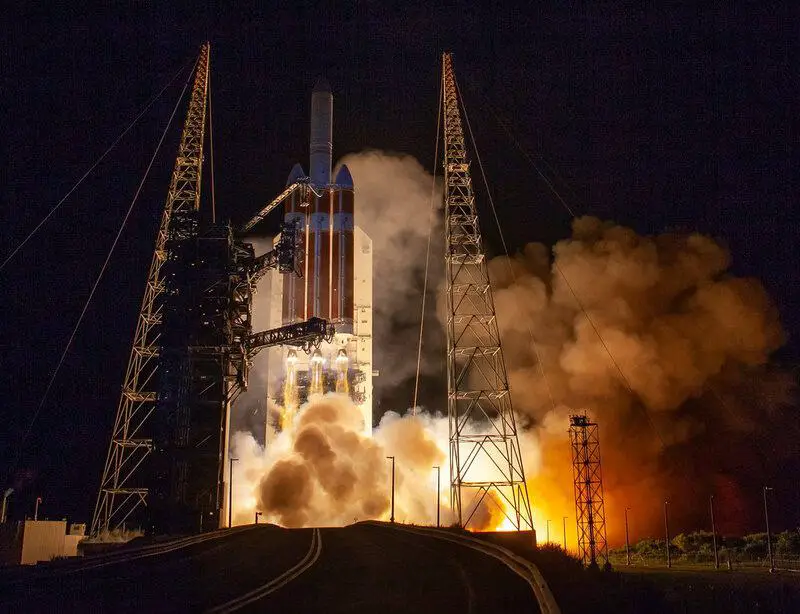
The Parker Solar Probe’s 430,000 mph velocity is truly mind-boggling when compared to other human-made vehicles.
The fastest jet, the SR-71 Blackbird, tops out at around 2,200 mph, while the Saturn V rocket reached about 25,000 mph during Apollo missions.
Even previous record-holders like Helios-2 pale in comparison.
This dramatic leap in speed showcases the extraordinary engineering required to explore the Sun and pushes the limits of what’s possible in space travel.
15. Solar Winds: Measuring the Outflow

One of the Parker Solar Probe’s primary tasks is to capture and analyze solar wind particles streaming from the Sun.
By directly sampling these energetic outflows, the probe provides scientists with crucial data about their composition, speed, and behavior.
Understanding solar winds is key to predicting space weather events that can disrupt communications, navigation systems, and satellites on Earth, paving the way for better early-warning systems and improved technological resilience.
16. Navigating the Sun’s Intense Radiation

The Parker Solar Probe faces relentless radiation as it journeys through the Sun’s atmosphere.
To endure these harsh conditions, its sensitive electronics are shielded within a specially designed protective casing.
Engineered redundancy and radiation-hardened components further ensure system reliability.
By combining robust materials with strategic positioning behind the heat shield, the probe successfully operates where few spacecraft could survive, gathering invaluable data from one of the most hazardous regions in the solar system.
17. Data Transmission: Sending Science Back to Earth
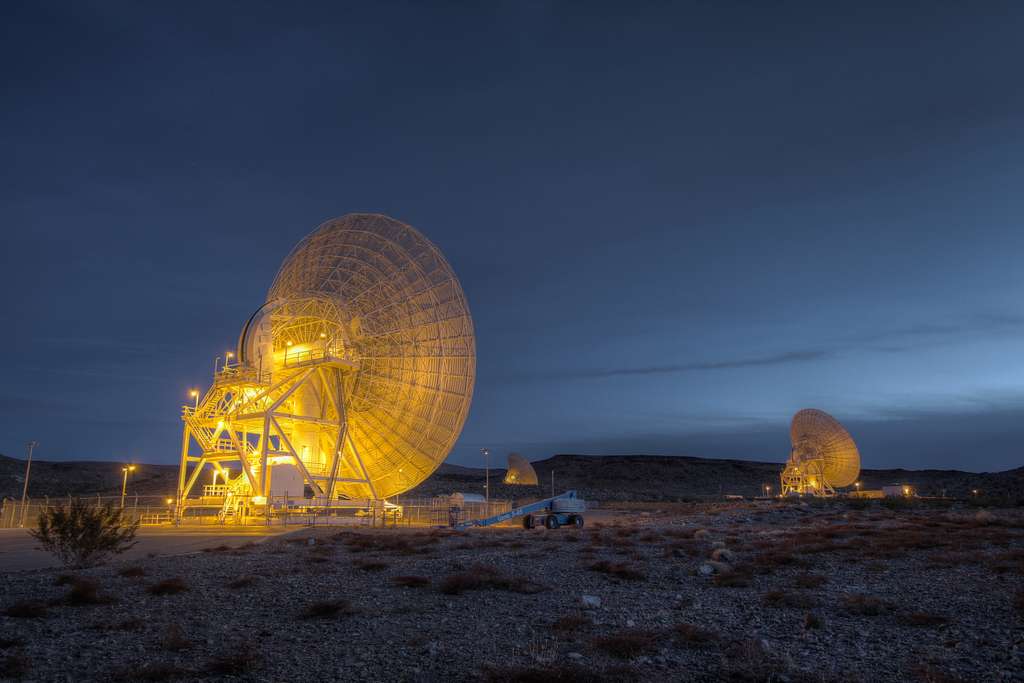
Despite its extreme environment, the Parker Solar Probe transmits vast volumes of scientific data back to Earth across millions of kilometers.
It uses high-gain antennas to beam findings to NASA’s Deep Space Network, a global system of radio dishes.
Advanced data compression and storage ensure that every precious bit of information is preserved and delivered.
This seamless data relay allows researchers worldwide to analyze fresh solar insights and deepen our collective understanding of the Sun.
18. The Parker Solar Probe’s Namesake: Dr. Eugene Parker

The mission honors Dr. Eugene Parker, the visionary solar physicist whose groundbreaking theories on solar wind revolutionized our understanding of the Sun.
Dr. Parker’s work laid the foundation for decades of solar research, inspiring NASA to name this historic probe after him.
In a rare tribute, he witnessed the launch himself—a testament to the lasting impact of his scientific legacy and the probe’s role in fulfilling his pioneering vision.
(NASA Tribute)
19. International Collaboration in Solar Science
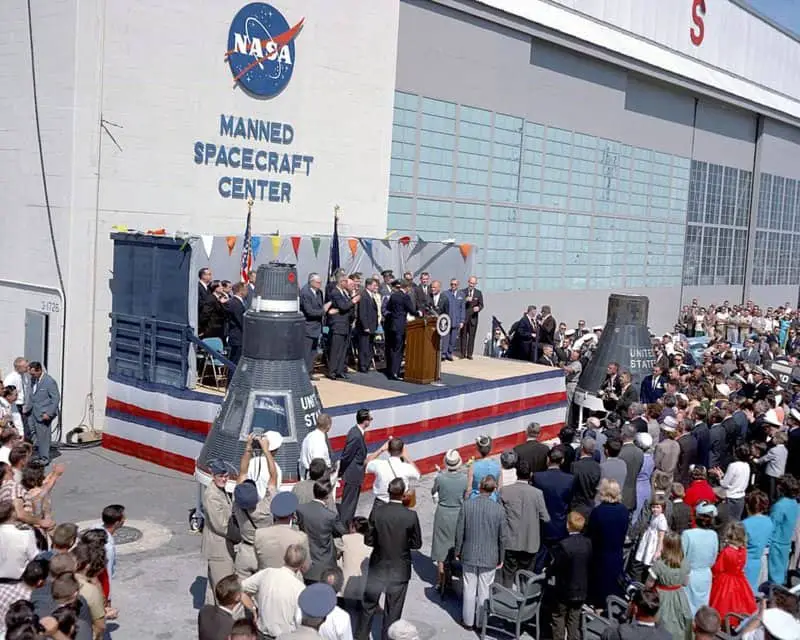
The Parker Solar Probe’s mission is part of a broader, global effort to unlock the Sun’s mysteries.
NASA works closely with the European Space Agency (ESA) and other international partners, sharing data and coordinating research.
Collaborative missions like ESA’s Solar Orbiter complement Parker’s findings, fostering a spirit of scientific unity.
Together, these agencies accelerate breakthroughs in solar physics, benefiting not just one nation but the entire world.
20. The Extreme Environment: Temperatures and Radiation
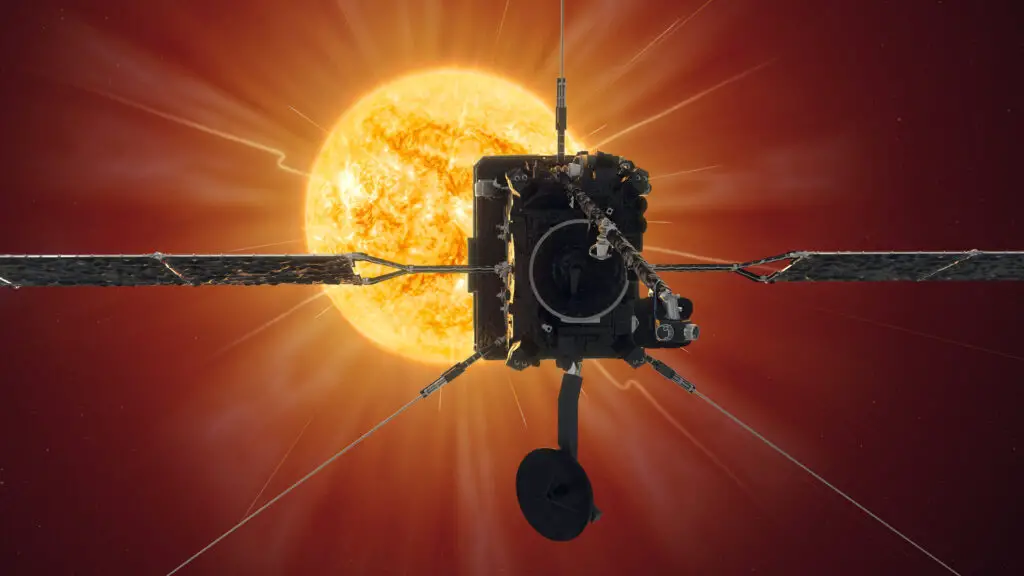
At perihelion, the Parker Solar Probe endures a relentless combination of intense heat, biting cold, and powerful solar radiation.
While the sun-facing side faces temperatures over 1,370°C (2,500°F), the shaded areas can plunge to frigid lows.
Radiation levels are extreme, threatening both electronics and scientific instruments.
Surviving this hostile environment requires sophisticated shielding, advanced thermal controls, and constant adaptation—pushing the boundaries of what space technology can withstand.
21. Solar Probe Plus: From Concept to Reality
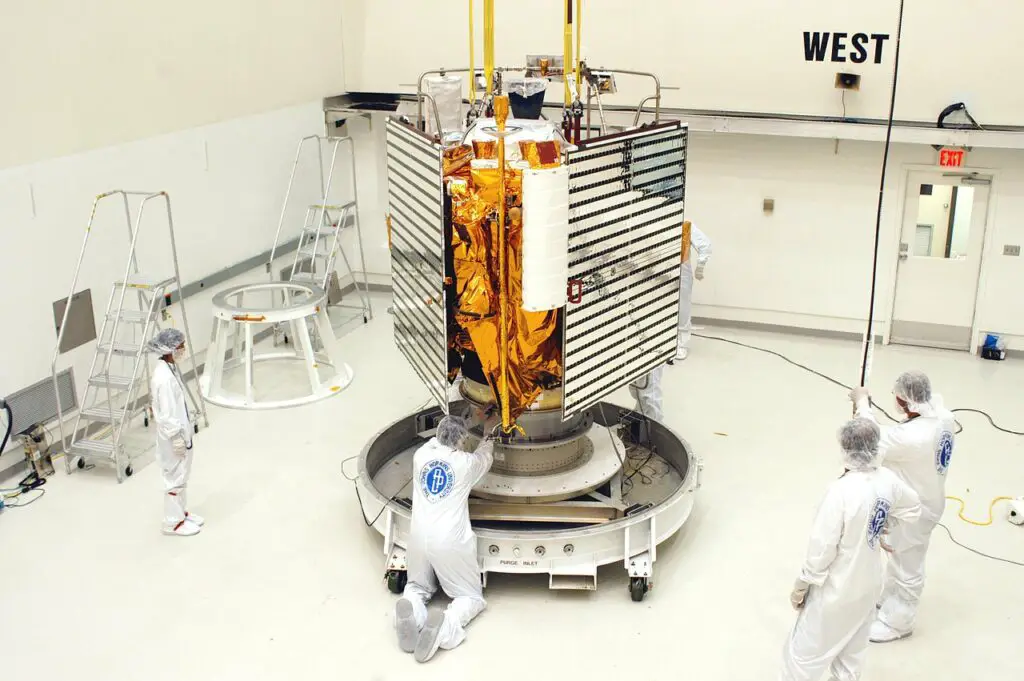
The Parker Solar Probe began as an ambitious idea known as Solar Probe Plus.
Over decades, mission concepts evolved, with engineers and scientists refining designs to overcome extreme solar conditions.
In 2017, the project was officially renamed to honor Dr. Eugene Parker, signifying its shift from a theoretical plan to a fully realized mission.
This transformation highlights how persistent innovation and vision can turn bold scientific dreams into groundbreaking achievements.
22. The Role of Solar Observatories in Support
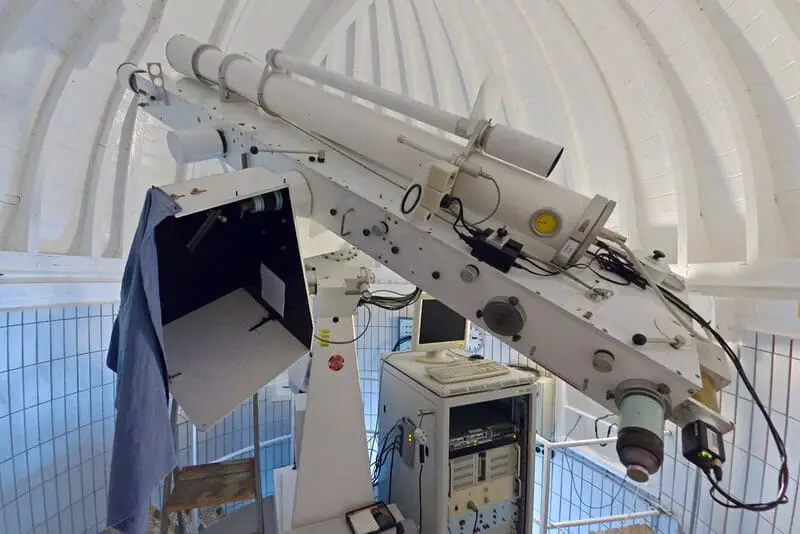
Ground and space-based solar observatories play a crucial supporting role in the Parker Solar Probe’s mission.
Facilities like the Daniel K. Inouye Solar Telescope and NASA’s Solar Dynamics Observatory provide complementary data, enabling scientists to cross-reference Parker’s in-situ measurements with detailed imagery and spectral analysis from afar.
This synergy enhances our understanding of solar phenomena, helping to paint a more complete picture of the Sun’s dynamic behavior.
23. Spacecraft Autonomy: Surviving Without Human Intervention
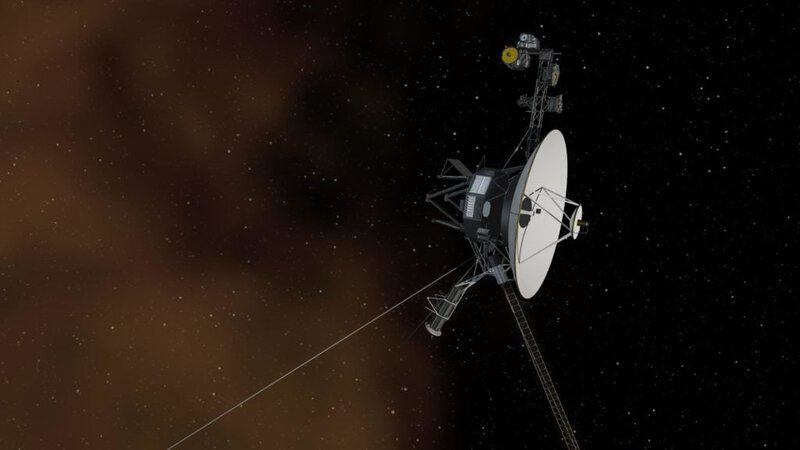
The Parker Solar Probe is equipped with advanced autonomous systems that enable it to react instantly to unpredictable solar events.
If sudden bursts of radiation or solar material are detected, onboard software can quickly reorient the spacecraft or adjust systems to protect vital instruments.
This self-sufficiency is essential for survival so close to the Sun, empowering the probe to continue its mission even when real-time guidance from Earth isn’t possible.
24. Solar Science Breakthroughs Already Achieved

Since its launch, the Parker Solar Probe has already delivered groundbreaking discoveries about the Sun.
It has revealed unexpected “switchbacks” in solar wind magnetic fields, observed the fine structure of solar plasma, and provided new insights into the acceleration of particles.
These findings are reshaping scientific understanding of solar processes and confirming theories once thought untestable, marking a new era in heliophysics and space weather forecasting.
25. Engineering the Fastest Spacecraft

Achieving record-breaking speeds required cutting-edge propulsion and navigation systems.
The Parker Solar Probe’s trajectory was meticulously planned, using multiple gravity assists and precision thrusters to fine-tune its orbit.
Sophisticated guidance software ensures the spacecraft remains on course, even as it hurtles through the Sun’s gravity well.
This blend of innovative engineering and real-time adaptability is what enables Parker to reach velocities unmatched by any other human-made object.
26. The Importance of the Perihelion Passes
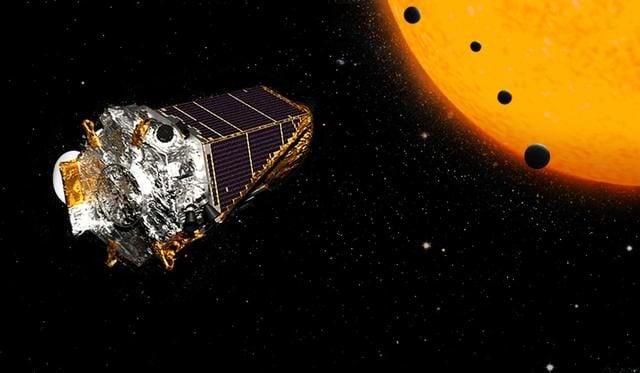
Each perihelion pass—the probe’s closest approach to the Sun—offers invaluable opportunities for discovery.
During these critical moments, Parker collects high-resolution data on the solar corona, magnetic fields, and particle flows.
No two perihelion passes are alike; changing solar activity ensures fresh insights with each orbit.
These repeated encounters allow scientists to track the Sun’s evolving behavior, deepening our understanding of its cycles and the forces shaping our solar environment.
27. Solar Probe’s Protective Heat Shield: A Technological Marvel
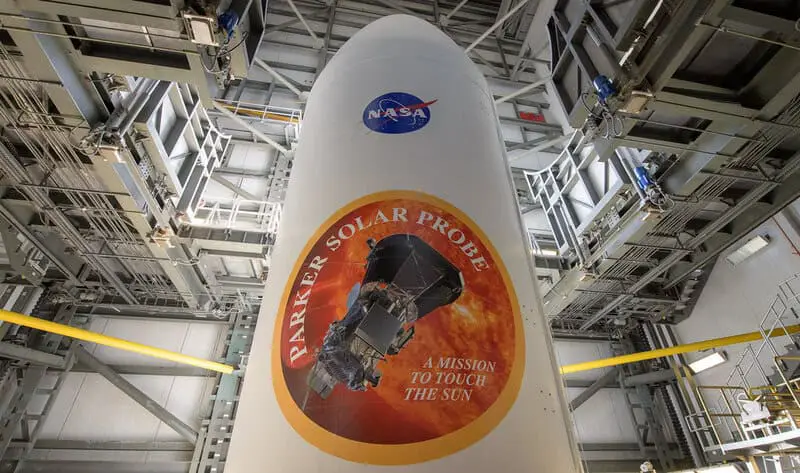
At the heart of the Parker Solar Probe’s survival is its carbon-composite heat shield, a true feat of engineering.
This shield, known as the Thermal Protection System, features multiple layers—carbon foam sandwiched between reinforced carbon-carbon panels.
It reflects intense solar energy while maintaining a cool interior for delicate instruments.
Its lightweight yet robust construction allows the probe to venture where no spacecraft has gone before, enduring extremes that would destroy ordinary technology.
28. Seeing the Sun up Close: WISPR’s Imaging
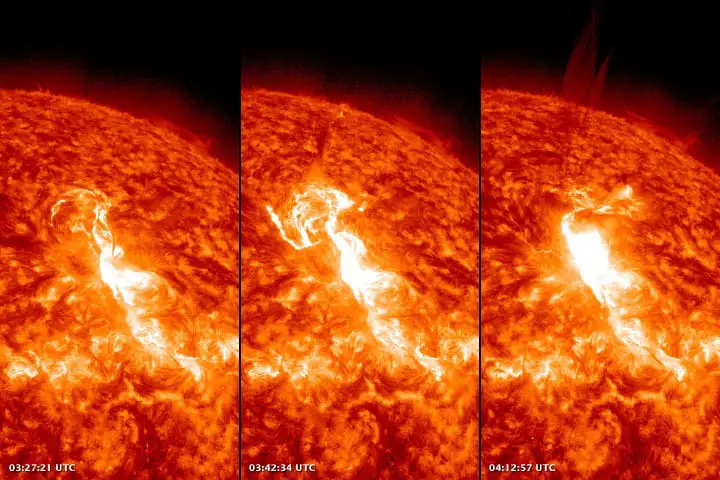
The WISPR (Wide-Field Imager for Parker Solar Probe) instrument provides an unprecedented view of the Sun’s outer atmosphere.
It captures high-resolution images of the corona, solar wind streams, and dynamic solar events.
These visuals allow scientists to track the movement of charged particles and observe structures in the solar wind as never before.
WISPR’s close-up imagery is revolutionizing our understanding of solar phenomena and the Sun’s ever-changing environment.
29. Preparing for Future Solar Missions

The Parker Solar Probe’s successes are already inspiring the next generation of solar exploration missions.
Lessons learned from its engineering, autonomous systems, and data-gathering techniques are informing future spacecraft designs.
Upcoming missions aim to venture even closer to the Sun or study other stars using similar approaches.
By blazing this trail, Parker ensures that humankind’s quest to understand our star—and stars beyond—will only accelerate in the decades ahead.
30. Inspiring the Next Generation of Space Exploration

The Parker Solar Probe’s daring journey has captured imaginations and ignited passion for science and engineering worldwide.
Its triumphs demonstrate the power of human curiosity and ingenuity, encouraging students and researchers to dream bigger.
By pushing the boundaries of space technology, Parker serves as a beacon for future explorers.
Its legacy will inspire new missions, ensuring the pursuit of knowledge and adventure continues for generations to come.
Conclusion
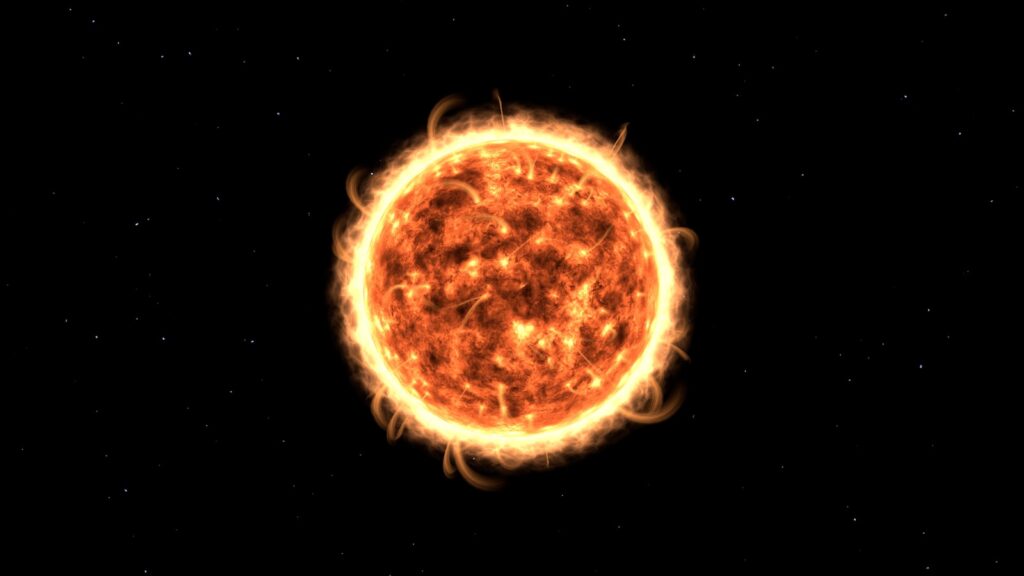
The Parker Solar Probe has redefined what’s possible in space exploration, blazing past speed records and venturing closer to the Sun than any mission before it.
Its remarkable engineering and scientific discoveries are transforming our understanding of the Sun’s corona, solar wind, and space weather.
This mission not only advances solar science but also inspires a new era of innovation and curiosity.
As Parker continues its journey, its legacy will empower future explorers to reach even greater heights—reminding us that the universe’s greatest mysteries await those bold enough to seek them.

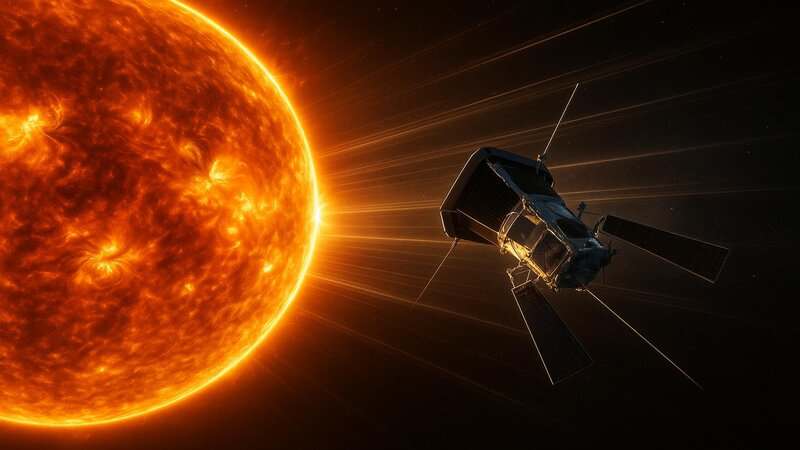

Vielleicht interessiert es Sie:
Wussten Sie! Minensuchratten auf dem Schlachtfeld und sie sind super effektiv!
Wie viele Giraffenarten gibt es? Leben sie alle in Afrika?
Der Vogel ist das Weibchen der Vögel: wahr oder falsch?
Warum bauen Biber Dämme? Welchen Nutzen?
Warum leben manche Tiere nachtaktiv? Welche Vorteile?
Küssen Tiere? Ist das die gleiche Bedeutung wie Menschen?
200+ Hilarious Seahorse Jokes That Will Make You Smile and Giggle
200+ Funny Investment Jokes to Boost Your Financial Humor Game